This content was medically reviewed by Baher S. Yanni, MD, on December 27th, 2018.
Sufficient, uninterrupted rest is vital to many aspects of life, from mood to general health. But, you can also be kept awake at night due to consistent pain. If pain persists in a region of your body for more than three months, it is considered chronic. Chronic back pain disrupts many individuals’ sleep and often leads to and intensifies insomnia.
Sleep issues are widespread, with 20 to 30 percent of the general population reporting poor sleep and insomnia symptoms, while an additional 8 to 10 percent suffer from chronic insomnia. Your battle with insomnia and back pain may keep you from your job, your favorite hobbies, family activities and your social life.
Insomnia and back pain are closely linked, and the added toll of substandard rest on an aching body creates a challenging lifestyle. The following overview of chronic back pain and insomnia and the tips to fight these conditions may help you achieve a better quality of sleep and relief.
The Connection Between Chronic Back Pain and Insomnia
Sleep disorders plague many people’s mental and psychological health, but chronic pain is also a common problem occurring in those who experience insomnia.
Insomnia includes constant or occasional waking — especially in the early morning — inability to initiate or maintain sleep and restless and insufficiently restful sleep. Persisting chronic conditions accompany insomnia more often than you may expect. According to the Institute of Medicine, 64 percent of individuals with preexisting health conditions have sleep problems, and 74 percent of patients with chronic conditions are at risk for insomnia. Patients frequently cite chronic pain as a cause or contributing factor in their sleep problems.
Among those who experience chronic pain, back issues are prevalent. Back pain that lasts more than three months is considered chronic, and the causes of back pain typically stem from spine deterioration or injuries. In a 2013 study, 47 percent of those with chronic back pain reported significant symptoms of insomnia.
The Cycle of Chronic Pain and Insomnia
Chronic pain and insomnia create a continuous cycle that leads to frustration and multiple health risks. Often, insomnia begins with discomfort, strain and aching that prevent sleep. However, the body’s inability to recover during uninterrupted and restful sleep creates further anguish during the day and once again at night. The body cannot break this cycle of distress without a chance to recover, so individuals endure more harm and sleeplessness.
Effects of Sleep Disorders Influenced by Chronic Pain
Without a healthy amount and kind of sleep, the body suffers psychologically, cognitively and biologically. Insomnia even has projected ill effects on your lifespan and risks of developing conditions like obesity, heart disease and high blood pressure. Here are five effects of sleep disorders that are also influenced by chronic pain.
1. Cognitive Abilities
We use our cognitive abilities for actions like decision-making, problem-solving and completing tasks containing any complexity. People with sleeping disorders can still carry out some cognitive functions, but they lose accuracy and speed in each case. Poor sleep limits and delays logical processes, but sleep studies show that individuals with insomnia can still perform mathematic skills, short-term memory and verbal learning. However, sleep deprivation does hinder creative and imaginative functions, as well as long-term memory.
2. Mental Health
Sleep disorders have harsh effects on psychiatric health. Individuals with mental illness already have a higher risk of insomnia. A high number of those diagnosed with insomnia also have depression, anxiety and similar psychiatric disorders, but the possibility of people with sleep disorders developing depression later on is extremely likely.
At least 69 percent of adults with bipolar disorder also have insomnia, and 25 to 50 percent of children with ADHD suffer from sleep problems.
3. Communication
Sleep problems hamper speech and conversation, as well. Slurred speech and stuttering increase in individuals who are sleep deprived. Create thinking is part of the problem with hesitant and unoriginal communication skills. Monotone speech and manufactured responses are common in people who do not receive sufficient sleep because people rely on common phrases rather than unique reactions in this state. On top of the decline in communication skills, sleep-deprived people also have reported feeling isolated and unsocial.
4. Impulse Control
When sleep problems impact your impulse control, it leads to unhealthy habits and poor choices. Psychological resources and processes help people make wise decisions regularly, but chronic sleep problems leave people open to impulsive actions. Unhealthy eating is one area where control can wane when sleep takes its toll on decision-making capabilities in the brain.
5. Judgment
The academic journal Sleep also states that lack of sleep sways your moral capabilities and typical judgment system. Based on this study, it took longer for the participants to solve a moral question and even chose different options than they usually would due to sleep deprivation. Insomnia also influences people to act and decide differently due to incomplete rest.
Causes of Chronic Back Pain
Your chronic back pain can be the result of many factors and progresses in several ways. Natural degeneration is often the cause of chronic spine pain, but other irregularities and conditions can stem from diseases or undue stress. The following five causes are more common conditions for those suffering from persistent back pain.
1. Disc Degeneration
Disc degeneration can either come from natural aging or degenerative disc disease. The discs in the spine offer flexibility and absorb impact from walking, falling and jumping, but these discs can thin and harden over time. As they weaken, they do not cushion and separate the vertebrae well, creating pain and possibly immobility.
2. Herniated Discs
Herniation occurs when the spinal discs bulge out from gradual pressure. The inside of discs have a gel substance surrounded by the rubbery outside, but when the outside weakens, the inner material can bust out, which makes this bulging in the spine.
3. Sciatica
The sciatic nerve affects the lower back, hips, buttocks and the root of the legs. If the sciatic nerve is pressured, a shooting, burning pain travels from the base of the spine down the legs, which can cause numbness and weakness with the pain.
4. Spondylolisthesis
Spinal discs and vertebrae encase the spinal cord, and if the lower back’s vertebrae are displaced, they can impact spinal nerves. If the vertebrae pinch the nerves, spondylolisthesis occurs.
5. Spinal Stenosis
The spine is a long column with layers of vertebrae, cartilage and discs, but if obstructions interfere with the column, the spinal cord is restricted and narrowed. Spinal stenosis happens when these nerves are compressed and eventually numbed. Sensation in the legs can also diminish.
Tips to Beat Insomnia and Chronic Back Pain
Stopping the cycle of insomnia and chronic pain and preventing the adverse effects of sleep issues starts with a strategy. Follow these seven practices to divert the harmful path of back pain and insomnia.
1. Avoid Caffeine and Alcohol Before Bed
Whether you are a coffee or tea addict or you usually have a glass of wine before bed, these kinds of chemicals negatively impact your ability to enter the optimal sleep cycle for a consistent and undisturbed rest.
Coffee consumed six hours before bed still causes substantial interruptions in proper rest cycles. Alcohol has relaxing effects and causes sleepiness, but it disrupts REM cycles and increases restlessness during sleep. You don’t have to give it up completely, but drink your coffee, tea and alcohol in moderation and with enough time for the effects to wear off before you go to bed.
2. Invest in a New Mattress
What you sleep on is a significant factor in establishing healthy rest. The support of your mattress and pillows needs to contain enough cushioning with the right amount of firmness. The most effective density of mattress depends on the state of your back. The surface must be firm enough to lend structure and stability to your back without compromising comfort. Additional pillows or cushions underneath your back, knees or legs also help to ease pain and provide a full night’s sleep.
3. Exercise
Exercise that safely strengthens your muscles improves sleep, but be careful to avoid further back strain. Perform exercises that do not put your chronic back pain in further distress. However, lower back exercises have been shown to protect those with chronic low back pain from additional back injuries, and the intensity and endurance of the pain diminished after exercise for these individuals. Consult your physician or an exercise specialist for recommendations on physical activity that will build up your back’s muscles without compromising your health. Regular exercise enhances the quality of sleep you will achieve.
4. Refrain From Smoking
Nicotine also harms sleep patterns, and the symptoms of insomnia it produces keep people from initiating sleep and waking. Night-time withdrawals and stimulation both cause disrupted sleep cycles for those who smoke. Overactive dream states are also a result of smoking, especially in men. Drowsiness during the day affects smokers due to fragmented and disturbed sleep, and even more so with women. Avoid smoking at least several hours prior to sleeping.
5. Keep Electronics Off
You may have the habit of scrolling on your phone or going to sleep with the television on, but the blue light from electronics harms your sleep pattern and possibly your health. Blue wavelengths of light prevent melatonin production and disrupt your body’s circadian rhythm.
LED lights and energy-efficient fluorescent light bulbs both produce this spectrum of light, and even dimmed lights cause inconsistent and low-quality sleep patterns. Most sources of light hurt your body’s biological sleep pattern, so keep a dark resting environment so your body knows precisely when it should sleep.
6. Sleep Hygiene
Sleep hygiene is a term medical professionals use to describe a healthy, structured sleep schedule. This means you follow a nightly regiment and a consistent waking time. The hope is that your circadian rhythm will pick up on the pattern and begin to follow the regulated schedule. Despite what time you fall asleep, proper sleep hygiene means you always wake up at the same time.
According to the University of Washington, if you cannot fall asleep within half an hour, get up and do a relaxing activity. Return to bed when you become sleepy, and your body should pick up on this pattern. These disciplines will teach your body when and under what conditions it should rest.
7. Cognitive Behavioral Therapy
Cognitive behavioral therapy (CBT) is a psychological treatment that aids patients whose insomnia is associated with anxiety, depression and mental illness. Using CBT, you practice techniques and coping mechanisms to redirect any negative thoughts preventing sleep. Relaxation comes when harmful thinking patterns are corrected, and anxious fabrications are dissolved when they encounter reality. For those with insomnia and chronic pain, CBT positively influences sleep problems and changes functional coping of these conditions.
Treatment and Therapy Options
What can you do to treat your insomnia and chronic back pain if these lifestyle and environmental changes do not work? Medication, therapy and surgery each have advantages, as well as the potential to alleviate these conditions.
1. Prescription Medication
If your physician recommends medication or if relaxation or behavioral therapy is not effective, you may begin to take a prescription that targets sleeping functions. When people start to have sleep problems, they usually attempt to take melatonin, but other medication that targets your body’s production of melatonin helps many individuals with insomnia.
Your chronic pain may be treatable with medication, too, so be careful to use a pain medication that does not disrupt your sleeping pattern.
2. Behavioral Therapy
Behavioral therapy for insomnia is similar to cognitive behavioral therapy, but it deserves a distinct section. Behavioral therapy is a practical method with fewer therapy visits than CBT, and it focuses on sleep restriction methods and stimulus management. Behavioral therapy implements a change in waking patterns and practices, so you can be alert when you should be and sleeping at the appropriate times for a healthy body. Your homeostatic drive and circadian rhythm align during this therapy without altering your thought process or attitude.
3. Surgery
If surgery can relieve your chronic back pain, you may consider minimally invasive procedures. Endoscopic facet rhizotomy is another surgical option that is minimally invasive and ablates damaged nerves that create back pain. Endoscopic discectomy treats herniated discs and degenerative disc disease by removing the burst disc material with a tubular device and small cameras or microscopes. This is typically an outpatient surgery, and it relieves the pain caused by the herniated disc.
Spinal cord stimulation also targets chronic back pain, and low-level electrical pulses change back pain into paraesthesia, a tingling sensation, in this procedure. Fusion surgery and disc arthroplasty are two other surgery options to treat degenerative disc disease and the chronic lower back pain associated with it.
Leading Practitioners in the Least Invasive Spine Procedures
If you suffer from chronic back pain and insomnia, the Spine INA is ready to relieve your pain and revive your life. As our physicians set themselves apart with state of the art techniques, we also provide the least invasive surgical procedures with minuscule incisions, and we strive to make your recovery time as short as possible, so you can get back to your daily activities and preferred routine.
Our honest environment and helpful staff will help you find the right path to alleviate your chronic pain. We offer endoscopic discectomy, endoscopic facet rhizotomy and spinal cord stimulation, and our physicians travel the world for training and education to bring the best surgical practices to you.
Contact us today to schedule an appointment.
Resources
- https://www.webmd.com/pain-management/chronic-pain-syndrome-overview#1
- https://www.ncbi.nlm.nih.gov/pmc/articles/PMC3972485/#R1
- https://journals.sagepub.com/doi/pdf/10.1177/230949901302100118
- https://serendip.brynmawr.edu/exchange/serendipupdate/effects-sleep-deprivation-brain-and-behavior
- https://nam.edu/wp-content/uploads/2017/11/Members-03.12.14-Sally-Okun.pdf
- https://www.ncbi.nlm.nih.gov/pubmed/21300408/
- https://aasm.org/journal-sleep-sleep-deprivation-affects-moral-judgment/
- https://www.ncbi.nlm.nih.gov/pmc/articles/PMC4426706/
- https://www.ninds.nih.gov/Disorders/Patient-Caregiver-Education/Fact-Sheets/Low-Back-Pain-Fact-Sheet#3102_3
- https://www.ncbi.nlm.nih.gov/pmc/articles/PMC3805807/
- https://shcs.ucdavis.edu/blog/archive/healthy-habits/effects-alcohol-sleep
- https://www.ncbi.nlm.nih.gov/pubmed/8078854
- https://www.health.harvard.edu/staying-healthy/blue-light-has-a-dark-side
- https://scopeblog.stanford.edu/2011/11/22/can-regular-exercise-improve-your-quality-of-sleep/
- https://www.ncbi.nlm.nih.gov/pubmed/14749199
- https://depts.washington.edu/hcsats/PDF/TF-%20CBT/pages/4%20Emotion%20Regulation%20Skills/Client%20Handouts/Sleep%20hygiene/Sleep%20Hygiene%20Basic%20Guidelines.pdf
- https://www.apa.org/ptsd-guideline/patients-and-families/cognitive-behavioral.aspx
- https://www.ncbi.nlm.nih.gov/pubmed/25477769
- https://www.webmd.com/sleep-disorders/aches-pain-disrupt-sleep-medication-chart
- https://www.ncbi.nlm.nih.gov/pmc/articles/PMC2948294/
- https://www.ncbi.nlm.nih.gov/pmc/articles/PMC4325504/
- https://www.ncbi.nlm.nih.gov/pmc/articles/PMC4419014/
- https://www.ncbi.nlm.nih.gov/pmc/articles/PMC3389317/
- https://www.med.upenn.edu/cbti/assets/user-content/documents/Germain_BBTofInsomnia.pdf
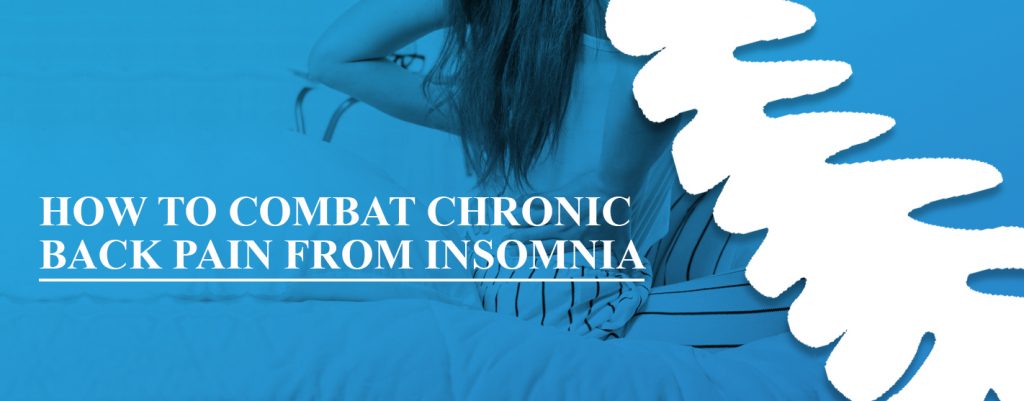
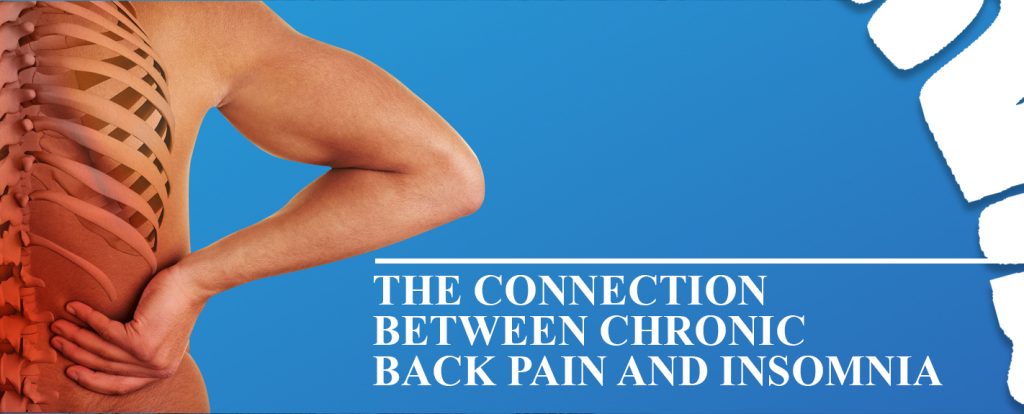
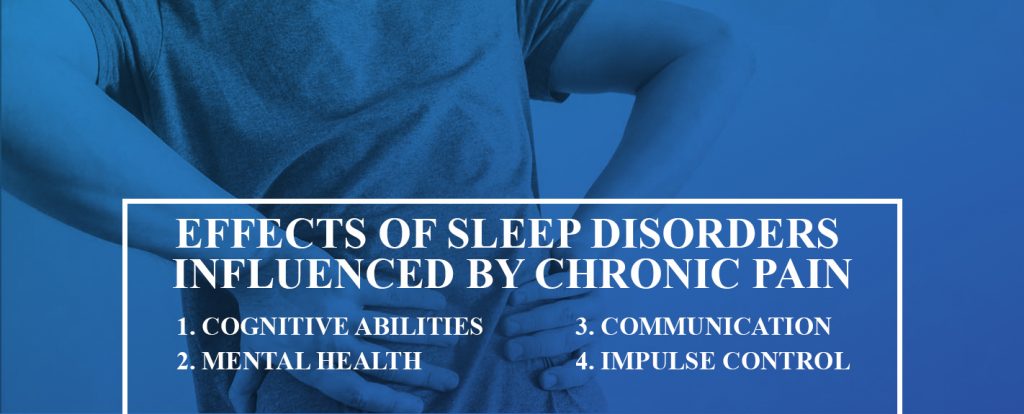
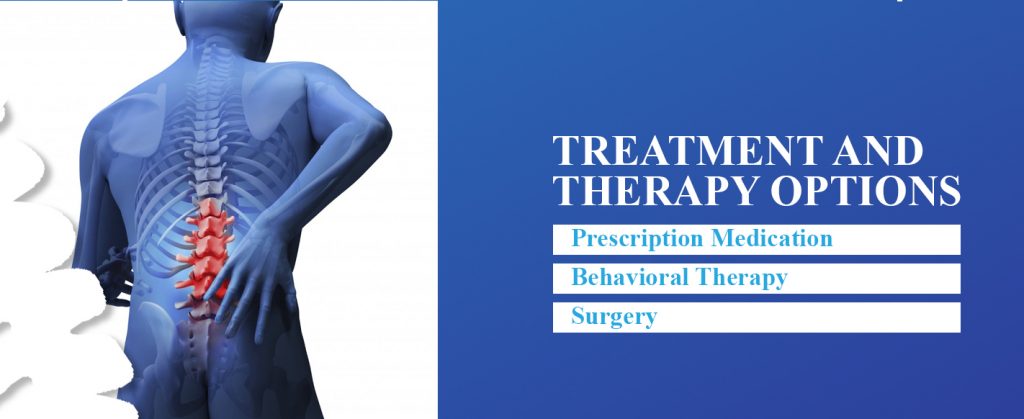
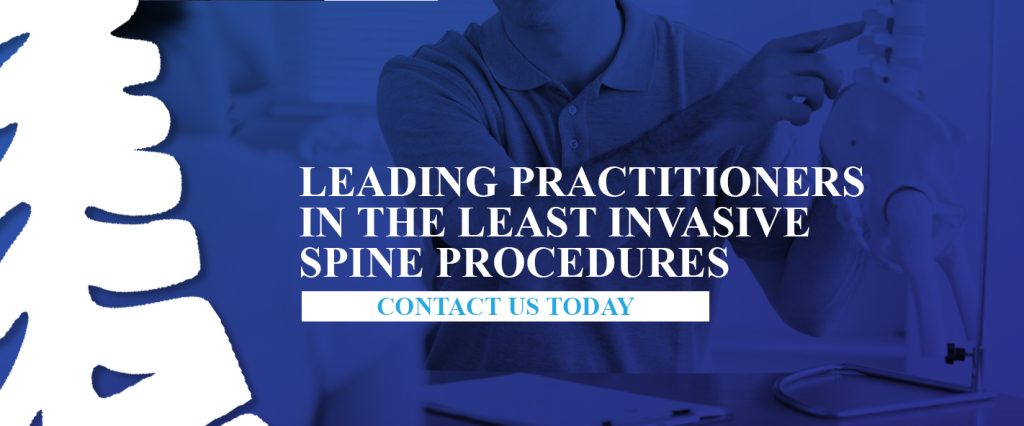









Leave a Reply